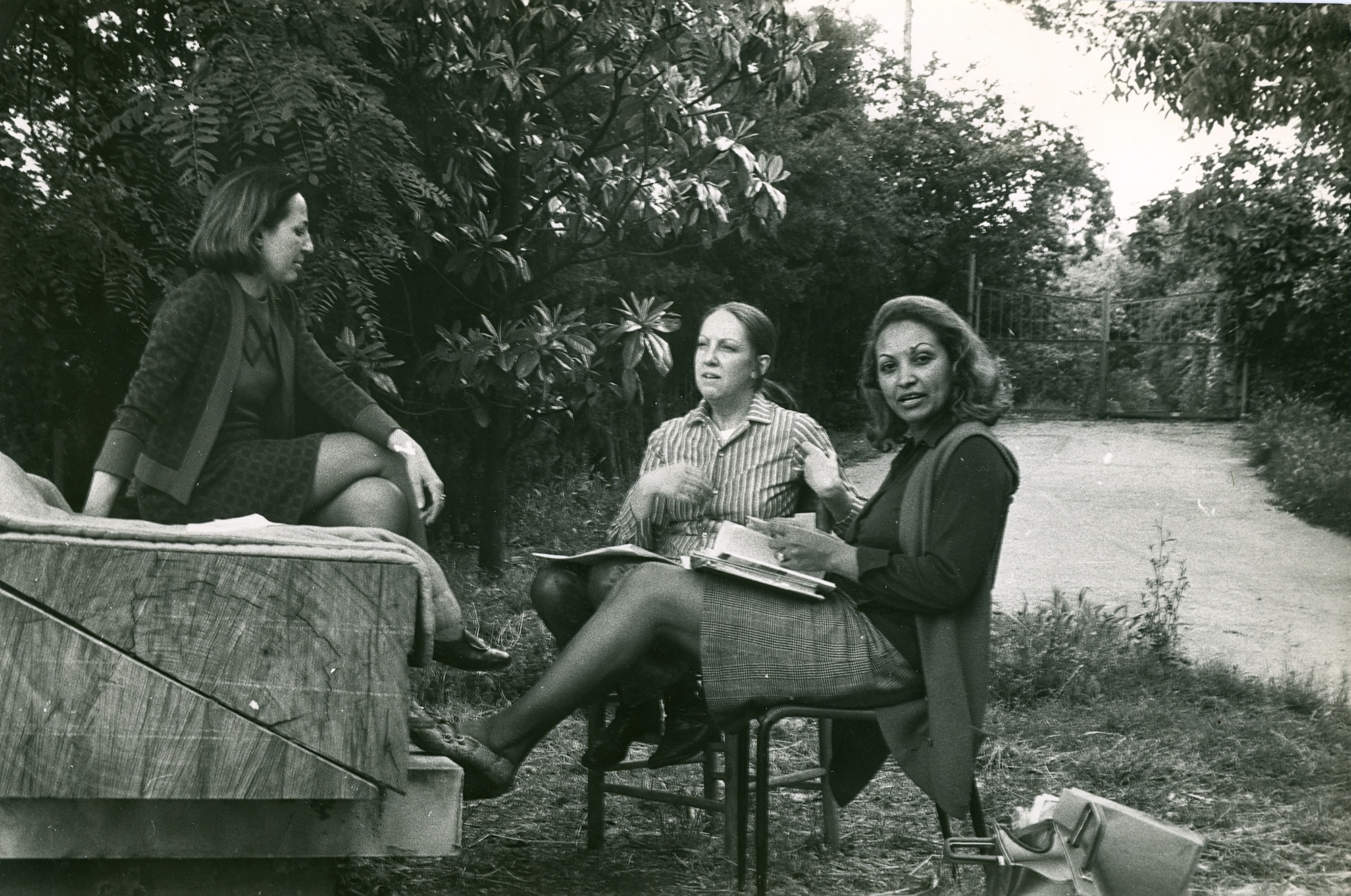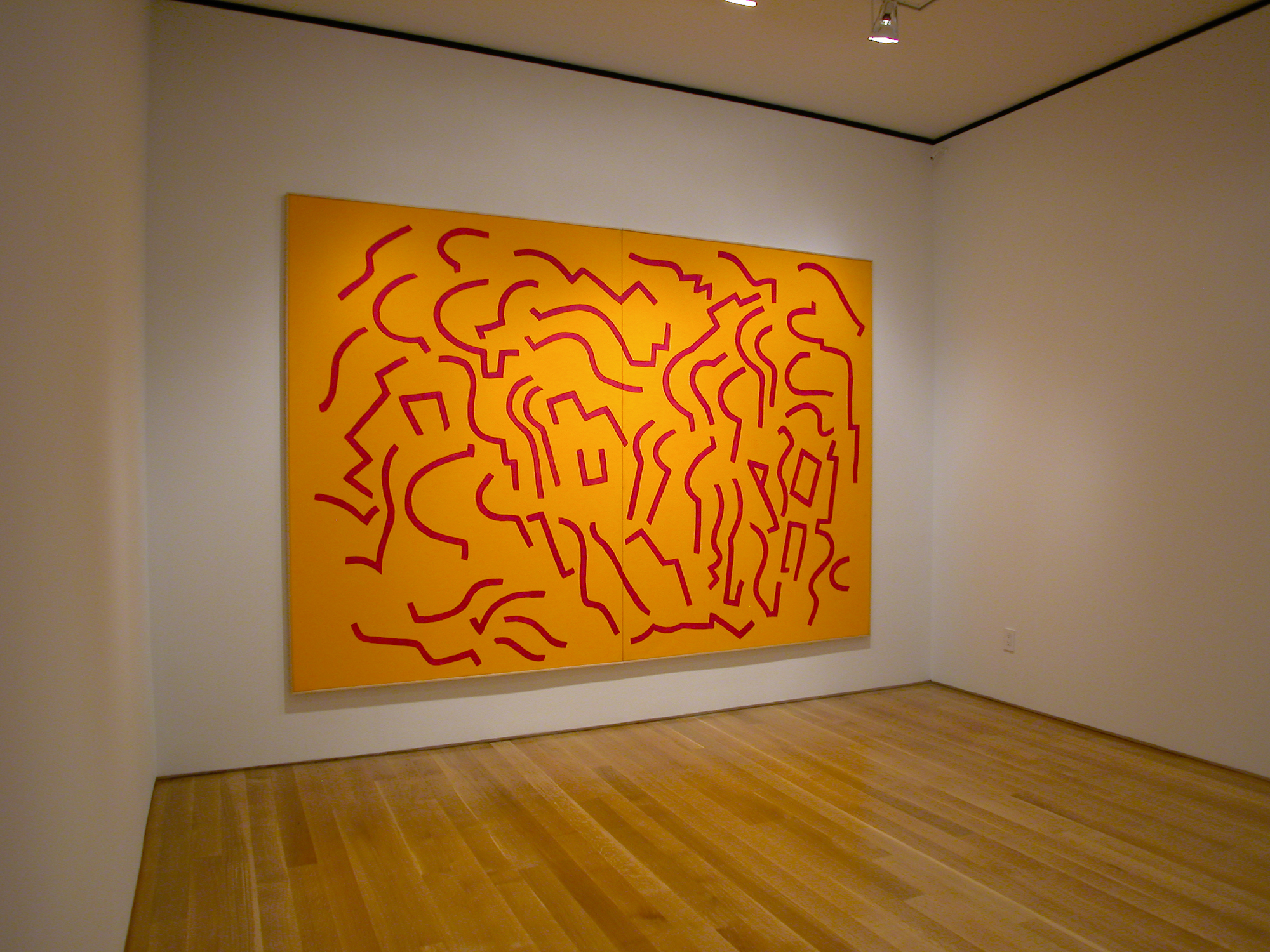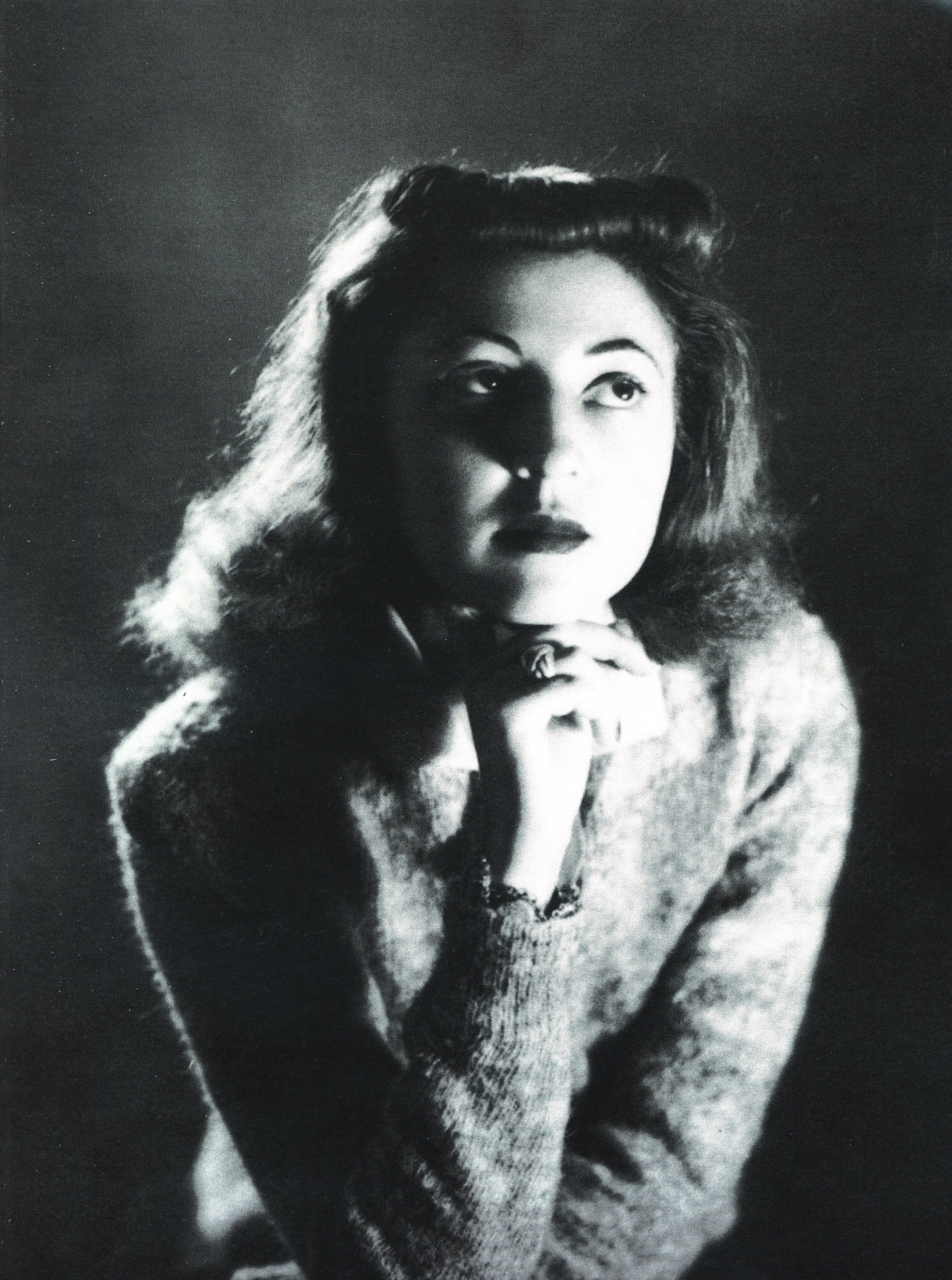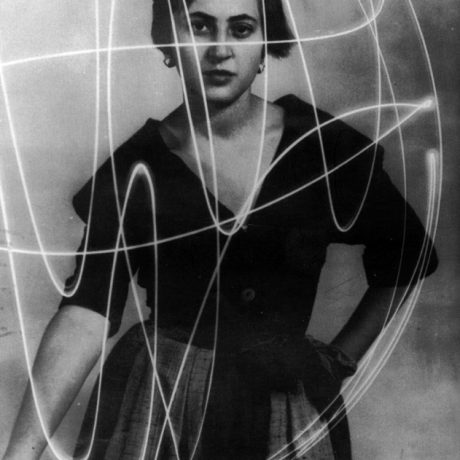
In 1970, the Florentine art critic and poet Carla Lonzi abandoned the art world. In the foreword of her 1969 book Autoritratto (Self Portrait), often regarded as her swan song to the industry, she wrote: “this book does not intend to push for a fetishism of the artist, but to reclaim artists for a different relationship with society.”
Lonzi had spent the past decade becoming one of Italy’s most esteemed art critics, yet her withdrawal marked the beginning of lifelong critique of art and criticism, as well as a commitment towards feminism that would bridge the personal, professional and political. In 1970, she founded Rivolta Femminile (Female Revolt), alongside the Sicilian artist Carla Accardi and journalist Elvira Banotti, before writing the irreverently named text Sputiamo du Hegel (Let’s Spit on Hegel), which deconstructed and denounced patriarchal history.

A new book Feminism and Art in Postwar Italy: The Legacy of Carla Lonzi, edited by Francesco Ventrella and Giovanna Zapperi, places Lonzi back into art history, demonstrating that her disavowal of art ironically shaped the very culture she tried to detach herself from.
Born in 1931, Lonzi graduated from University of Florence in 1956, under the supervision of the revered art historian Roberto Longhi. Exploring the relationship between the visual arts and theatre, her early writing investigated spectatorial dynamics, in particular the power relations between performer and spectator, reflections that would later inform her feminist theories.
“Lonzi’s withdrawal marked the beginning of lifelong critique of art and criticism”
In the 1950s and 1960s she wrote for journals such as Il Paese and L’Approdo, but as her fame flourished, her disillusionment with the profession, and the “inauthenticity” of the art industry, deepened. In 1964, she expressed her doubts to her partner, the sculptor Pietro Consagra. “I have decided not to write any more art criticism,” she wrote, “and I feel a kind of internal liberation.”

In 1964, Lonzi and Accardi met for the first time, and the Sicilian artist began to move away from abstract painting in favour of her Tenda (tent) works created in plastic and sicofoil (a flexible, translucent plastic). A conversation with Lonzi had inspired Accardi, who explained: “I wanted to create a space to eliminate the dichotomy that existed, after the war, between architects and painters… In order to construct an ‘environment’.” According to Leslie Cozzi, associate curator at the Baltimore Museum of Art, these environments, evoking a sense of quiet domesticity, functioned as “vehicles of female expression”, but also offered a visualisation of Lonzi’s utopian aims, to live differently in society.
“I have decided not to write any more art criticism and I feel a kind of internal liberation” —Carla Lonzi
Lonzi and Accardi’s feminism came to define Rivolta Femminile and offered a utopian vision for a new kind of society, one in which women stopped participating in a male-oriented culture altogether. By the end of the 1960s, Lonzi arrived at the conclusion that women (whether critics, artists or voyeurs of art) would always be trapped in the role of performer in the “theatre of male culture.” According to Ventrella and Zapperi, she “conceived male culture as a form of colonisation, which clashed with the feminist liberal arguments about gender equality.”

Rivolta Femminile encouraged a separatist agenda and favoured the idea of deculturizzazione (deculturation). Lonzi proposed that female artists start from a clean slate on the margins of the art world, collaborating through non-hierarchical, open dialogue and autocoscienza (consciousness raising), which would nurture a new subjectivity and a collective of female voices. In 1974, the group articulated the strategy of withdrawal: “But let woman remove herself, and the struggle for male supremacy becomes not man lording it over woman, but merely a struggle between individual men.”
“Lonzi arrived at the conclusion that women would always be trapped in the role of performer in the theatre of male culture”
The group’s deliberate absence was ironically incredibly present. Rivolta Femminile’s rejection of the mainstream rippled through Europe and the United States, inspiring other feminist groups and conceptual female artists. They inspired Silvia Federici’s Milan collective Wages Against Housework founded in 1972, the experimental video artist Marinella Pirelli who withdraw her films from circulation, and perhaps indirectly the conceptual artist Lee Lozano, whose Dropout (Piece) from 1970 announced the artist’s non-participation in the artworld until her death 30 years later.
In the United States, feminist art critics such as Lucy Lippard shared Lonzi’s fear of the movement being co-opted by the mainstream. In 1975, Lippard cautioned: “it is crucial that art by women not be sucked into the establishment and absorbed by it. If this happens, we shall find ourselves back where we started within another decade.”

Yet Lonzi’s staunch separatism alienated Italian feminism. She denounced the increased visibility of women artists in mainstream culture and even expressed scepticism about gender equality, writing in Let’s Spit on Hegel: “Equality is what is offered as legal rights to colonised people. And what is imposed on them as culture.” Lonzi’s preference for rupture was radical, yet her arguments that men and women were fundamentally different meant she was left behind in both the history of feminism and art.
“Equality is what is offered as legal rights to colonised people. And what is imposed on them as culture” —Carla Lonzi
Lonzi’s withdrawal on her journey towards feminist self-actualisation ultimately led to her estrangement from Accardi, Rivolta Femminile, and even her long term partner of 20 years Consagra. In 1980, she documented the end of their relationship in Vai Pure (Now you can go), articulating her decision to be alone in self-love, rather than meeting the expectations of Consagra to support and fulfil his romantic and creative needs.
Lonzi’s approach to feminism may seem outdated, idealistic and even counter-productive. But from the perspective of the 21st century, an era of commercialised and palatable feminism that has been fully absorbed into mainstream, her radical and uncompromising stance critiquing the reverberations of capitalism could help us find our bearings.
Lydia Figes is an arts writer and editor. She is also the co-founder of radicalwomenshistory
Francesco Ventrella and Giovanna Zapperi, Feminism and Art in Postwar Italy: The Legacy of Carla Lonzi
Bloomsbury, out now
VISIT WEBSITE





